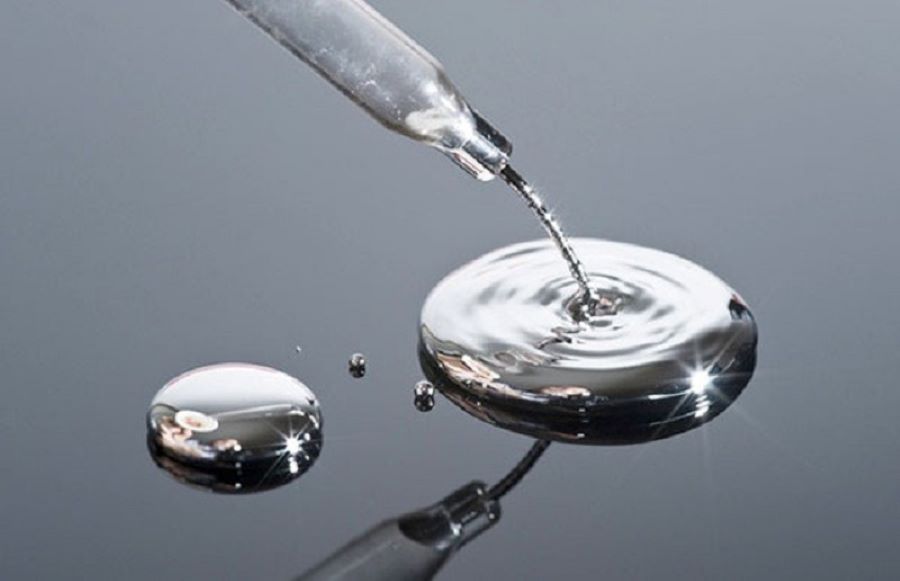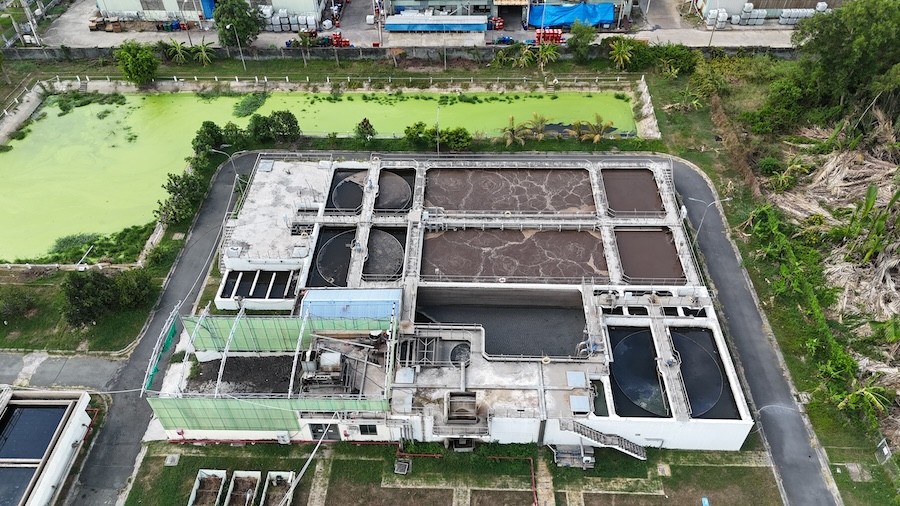During the process of industrial development, heavy metal wastewater has become one of the most serious sources of pollution affecting both the environment and human health. With its characteristics of being non-biodegradable, easily accumulated, and highly toxic, heavy metals in wastewater can leave long-term consequences for ecosystems as well as communities. Therefore, researching and applying treatment methods for heavy metal wastewater is an urgent requirement to control pollution and move towards sustainable development.
Heavy metal wastewater refers to wastewater containing elements such as lead (Pb), cadmium (Cd), mercury (Hg), chromium (Cr), nickel (Ni), copper (Cu), and zinc (Zn)… at concentrations exceeding permissible limits. It is commonly generated from industrial activities such as ore mining and processing, metallurgy, electroplating, electronics manufacturing, textile dyeing, tanning, and even from medical waste. Additionally, a small portion originates from urban domestic sources and the use of fertilizers and pesticides in agriculture. This type of wastewater is characterized by poor biodegradability, long-term accumulation in the environment, and high toxicity.
Heavy metals in wastewater have strong toxicity and bioaccumulation capacity in both humans and ecosystems. When ingested through drinking water, food, or direct exposure, they can cause neurological disorders, liver and kidney damage, cardiovascular issues, and even cancer. From an environmental perspective, heavy metals accumulate in soil and water sources, leading to aquatic ecosystem degradation, biodiversity loss, and imbalance in food chains. Therefore, controlling and treating heavy metal wastewater is crucial for protecting public health and ensuring sustainable development.

Exploring Heavy Metal Wastewater
Chemical precipitation is a common treatment method in which chemicals such as lime, sodium hydroxide (NaOH), or carbonate salts are added to form insoluble compounds with metal ions. These precipitates (hydroxides, carbonates, or sulfates) can then be removed by sedimentation and filtration. This method is simple and low-cost but generates a large amount of sludge that requires further treatment to avoid secondary pollution.
Adsorption uses materials capable of retaining metal ions on their surface, such as activated carbon, zeolite, bentonite, or nanomaterials (nano iron oxide, graphene). This method is highly effective at low metal concentrations, and adsorbents can often be regenerated for reuse. However, material costs can be high, and efficiency depends on pH conditions as well as wastewater characteristics.
Membrane filtration (UF, NF, RO) is an advanced technology based on size-exclusion and pressure mechanisms to remove heavy metal ions from wastewater. It can achieve complete treatment, producing effluent that can be reused in production or domestic applications. The limitations are high investment and operating costs, along with fouling issues that require frequent maintenance.
Electrolysis applies direct current to reduce metal ions in wastewater, converting them into solid metals that deposit on the electrode or settle out. This method is advantageous for removing low-concentration heavy metals, recovering valuable metals, and minimizing sludge production. However, it has high energy costs, efficiency depends on wastewater conductivity, and equipment requires regular maintenance.

Summary of Standard Heavy Metal Wastewater Treatment Methods According to QCVN
Treating heavy metal wastewater is not only a technical solution but also a crucial mission to protect public health and preserve ecological balance. Depending on wastewater characteristics and economic conditions, methods such as chemical precipitation, adsorption, membrane filtration, or electrolysis can be applied individually or in combination to enhance efficiency. In the future, the trend of applying green technologies, new materials, and hybrid solutions will be inevitable, contributing to pollution reduction and the development of an environmentally friendly industry.